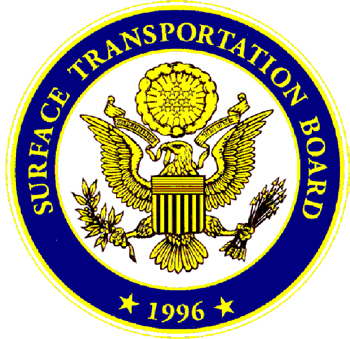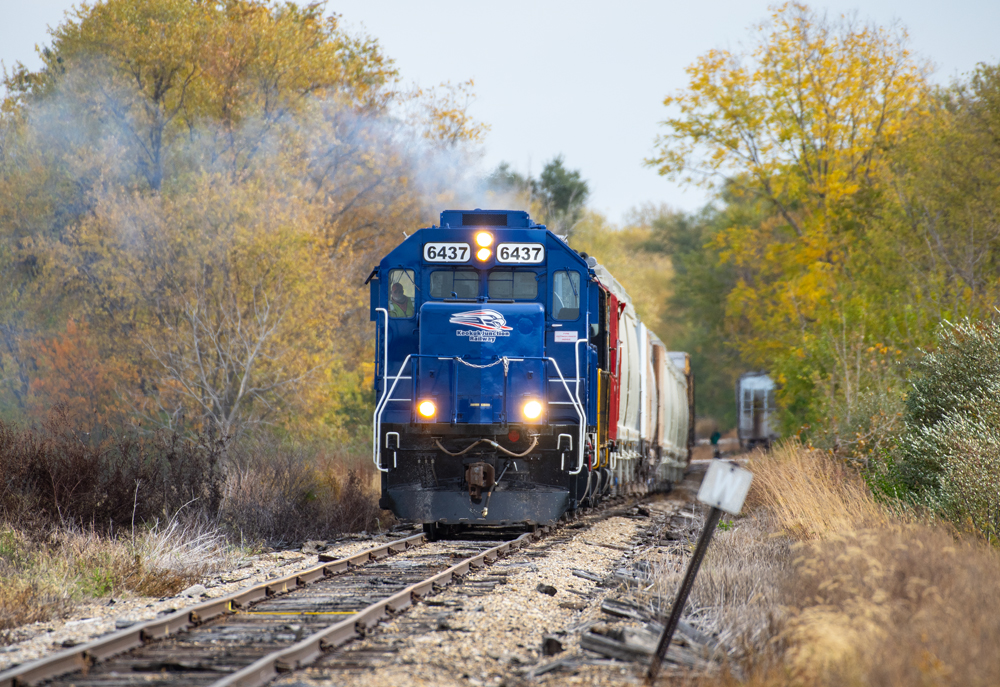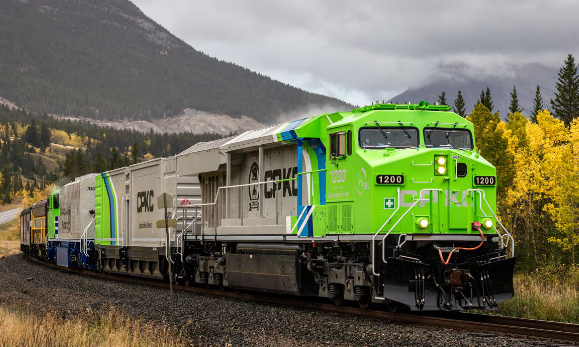Shippers call it “captive switching.”
“Forced switching” is the term the railroads uses.
Both sides shared their views on July 25 before an informal Surface Transportation Board panel that is looking into ways to streamline regulations, and eliminate regulations that are outdated, burdensome or unnecessary. The STB is carrying out an executive order on regulatory reform that President Donald Trump signed in January.
Speakers brought up rules governing everything from informal communications with the board to abandonment and financial reporting rules. But a proposed rule for “alternative switching” that the board issued last August was the one that took center stage.
Railroads oppose the rule, arguing that a company has made investments in infrastructure and rolling stock and shouldn’t allow a competitor to unfairly take business away from them. Shippers say having no alternatives for transporting their goods have led to unfair pricing and declines in service quality.
Ed Hamberger, president of the Association of American Railroads, said the proposed rule is contrary to the Surface Transportation Board Reauthorization Act that Congress passed in 2015 and urged the board to wipe it from their books. And a Norfolk Southern representative likened the proposal to soft drink manufacture: “You don’t ask Coke to make Pepsi,” said John Scheib, an NS vice president for law.
Barbara Cataneo, speaking for the Private Railcar Food and Beverage Association, said shippers are stuck with no options for getting competitive rates and railroads are not accountable for service.
“Railroads have had a home field advantage,” Cataneao said.
She suggested that the board adopt Canada’s “interswitching” model. Cataneao says the Canadian rule allows captive shippers of one railroad to choose any railroad for long distance carriage of their freight. The host railroad is required to switch the shipper’s site and deliver the cars to an interchange point. She noted that the rule had no apparent effect on Canadian National and Canadian Pacific financial health.
And the pile-on for a rule favoring shipper choices continued.
“This is not a good time to be a captive shipper. Railroads have unprecedented market power over captive shippers,” said Eddie Johnston, representing the Chemours Co., a spinoff of DuPont. “Shippers must have a recourse when railroads use monopoly power in setting rates.”
Among the other regulatory changes that speakers suggested:
• Eliminate revenue adequacy as a test of a railroad’s financial health.
• Change “ex parte” rules to allow the industry and shippers to meet and exchange information informally with the board.
• The stand-alone rate case methodology is outdated. Allow alternative rate case solutions, and modify large rate-case procedures.
• Eliminate regulatory approval for abandonments.
• Withdraw exempt-commodity rules. Hamberger called them “a solution in search of a problem.”
• Eliminate performance data reports that the board established last year to monitor railroads’ service performance.
• Shippers and carriers agreed that the board should exercise its authority to block “preemption” by states and local government that pass legislation that impairs the free flow of commerce.















No doubt the current debacle at CSX is factoring into the captive shipper debate.
so who pays past property assessments to have kept the ROW in its present form? who pays future property taxes? I lease the my business’s building and I pay the property tax. Should the alternative carrier do so too?
The government provides a paved conduit to every shipper in the land….maybe it should provide a second rail line as well?